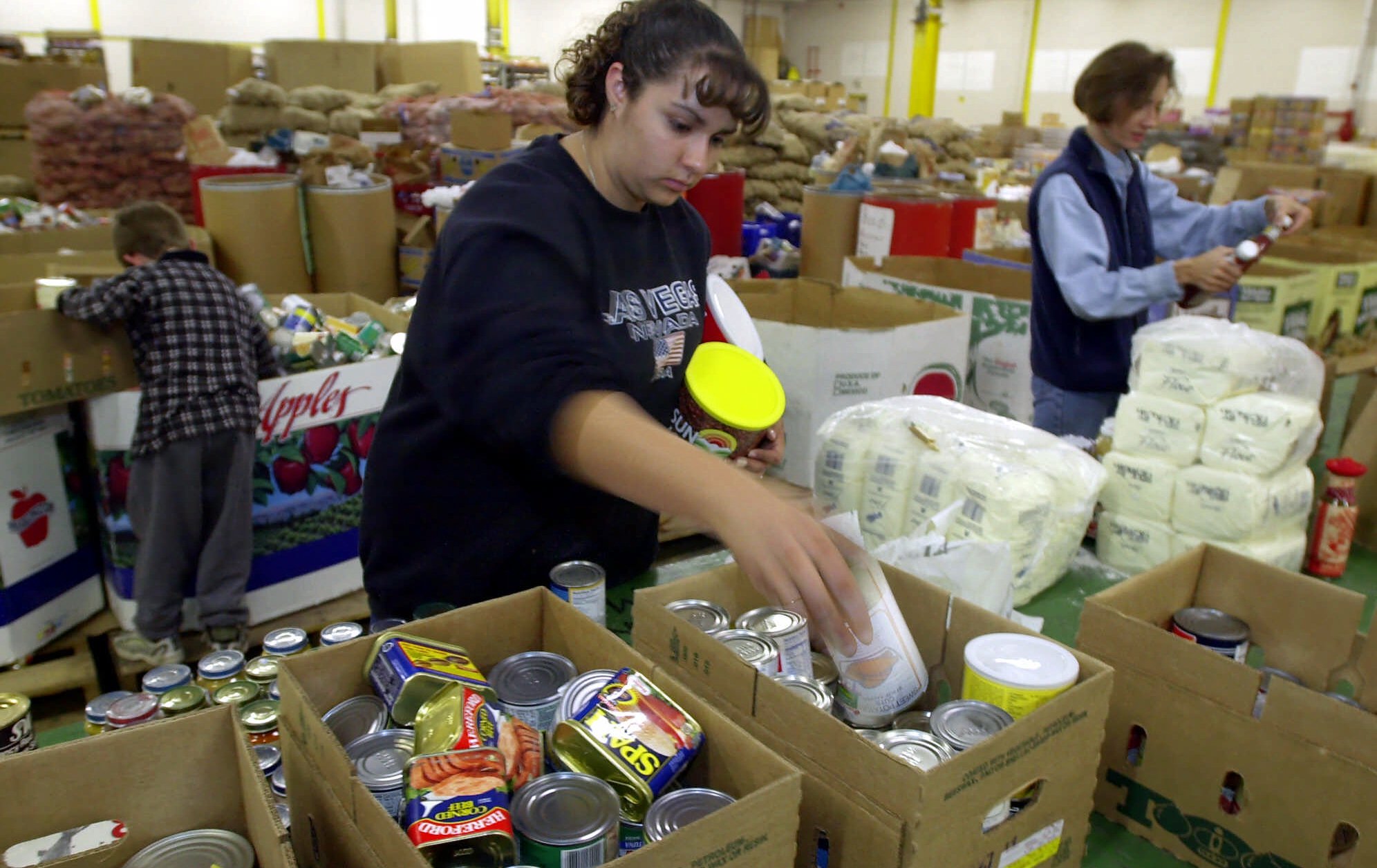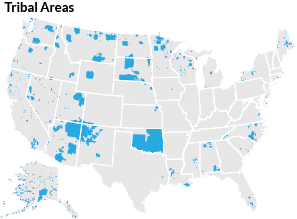
As Urban Institute’s blog editor, I have the privilege of closely reading every post we put up—some 300 in 2014. Not only does my job expose me to a vast range of empirical research across the spectrum of public policy, I am continually impressed by my colleagues’ insight about policy and the people it is designed to serve.
Below are six posts from this year that, in my view, warrant more attention than they got. Though they are well-written, contain compelling visuals, and tell people’s stories, they didn’t receive as many views as I would have predicted. Have another look.
- Putting the people back in policy and practice by Molly Scott. While we have fought for over 50 years to end poverty, we rarely talk to the people with the most insight about it: those living in poverty themselves. Why is that?
The CEO of a large food bank offered a great example of this at a recent conference. For years, his food bank had established rules for how many times a month clients could come for food. But, challenged by a new Feeding America initiative to put clients at the center of efforts to end hunger, he woke up one morning and realized, “Wow—we never even asked any of the clients how long food lasted or how frequently they needed to come! How can we ever hope for our programs to alleviate hunger if we don’t understand something that basic?”
-
Who falls into the Medicaid coverage gap? by Anna Spencer. Over 6 million uninsured adults fall into what’s called the Medicaid coverage gap, meaning they earn too much to qualify for Medicaid but too little to qualify for ACA tax credits to help them purchase insurance. Who are they?

- Widespread police failure to investigate rape accusations by Janine Zweig. Several high-profile and controversial rape accusations have dominated headlines lately, but a comprehensive investigation of rape victims reveals that, too often, police simply fail to take rape seriously. As one victim told our researcher:
I go to see the detective… and he decided that I was a drug addict whore and that was the end of the case….I told him how hard it was and how scared I was. I was crying. I’m showing him text messages from this guy, like threats and sexual things and threats and sexual things nonstop. And he just said, “Well, I don’t know what you expect me to do.” It was a throwaway phone, so you can’t trace those or anything. “What do you want me to do? Nothing I can do about that.” I was so upset. I was just like, “Yup, thanks for your time. Goodbye.”
-

Native American reservations suffer from poverty more than high housing costs by Jennifer Biess. Unlike much of the nation, housing in Indian country is affordable, with average rents around $440 a month. However, extreme Native American poverty means that decent housing is still far out of reach.But there’s another way to consider those same numbers. Even though the average rent is very low, nearly 4 in 10 AIAN renter households pay more than 30 percent of their incomes on housing. That’s still a problem – a poverty problem (32 percent of Native Americans live in poverty in tribal areas, more than double the national rate for non-Natives).
- How being poor in DC makes kids’ asthma worse by Nicole Levins. Though most of the millions of kids with asthma lead normal lives, many low-income kids—in Washington, DC, and elsewhere—suffer regular, negative consequences from the highly treatable disease.
So, how can we help everyone breathe a little easier? Urban Institute researchers, led by Marla McDaniel, teamed up with IMPACT DC to interview 33 players involved in asthma treatment—from parents to primary care physicians to IMPACT DC’s educators—to figure out why it’s so hard to treat asthma among DC’s poorest kids. In their own words, [t]here are five potential factors.
- Some reasonable Social Security reforms by Zach McDade. I include one of my own posts because, though I am admittedly nerdy about data and policy, some issues—like Social Security—remain unnecessarily obscured from the public conversation. As I hoped to convey here, Social Security reform need not be complex. It’s no secret that Social Security is in bad shape, but it’s not as bad as many think. And in fact, there are simple, evidence-based reforms that would help put it on firm long-term footing. For example:
In the early 1980s, the [Social Security tax] cap covered about 90 percent of all wages in the economy. Since then, rapid income growth at the top of the distribution means that the cap now covers only about 84 percent of all wages. If the share had remained constant, 2014’s cap would be almost $230,000. Eliminating the cap altogether could reduce the long-term deficit between 70 and 86 percent, depending on whether high-income earners also received higher benefits in return for paying more tax. Raising the cap to cover 90 percent of wages again could lower the deficit by 28 percent, even if high earners receive higher benefits.
Check back in January—2015 promises to be an even bigger year for Urban Institute and its bloggers.
Tune in and subscribe today.
The Urban Institute podcast, Evidence in Action, inspires changemakers to lead with evidence and act with equity. Cohosted by Urban President Sarah Rosen Wartell and Executive Vice President Kimberlyn Leary, every episode features in-depth discussions with experts and leaders on topics ranging from how to advance equity, to designing innovative solutions that achieve community impact, to what it means to practice evidence-based leadership.